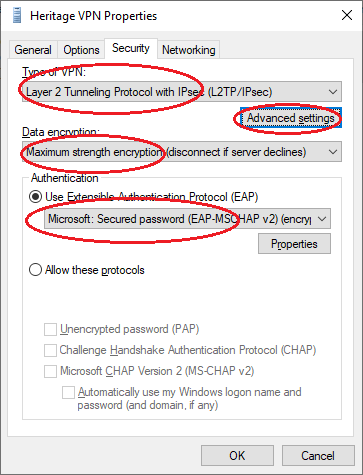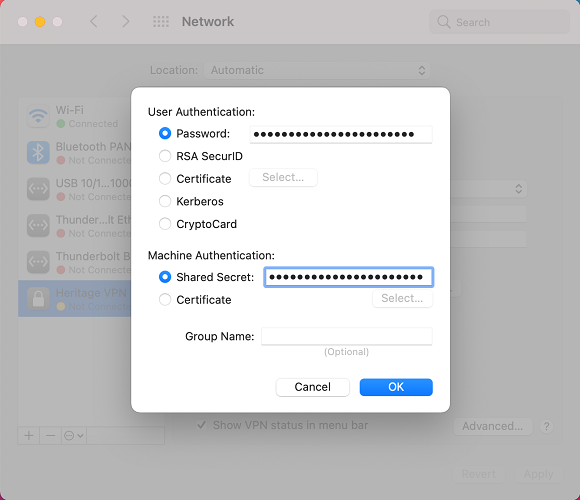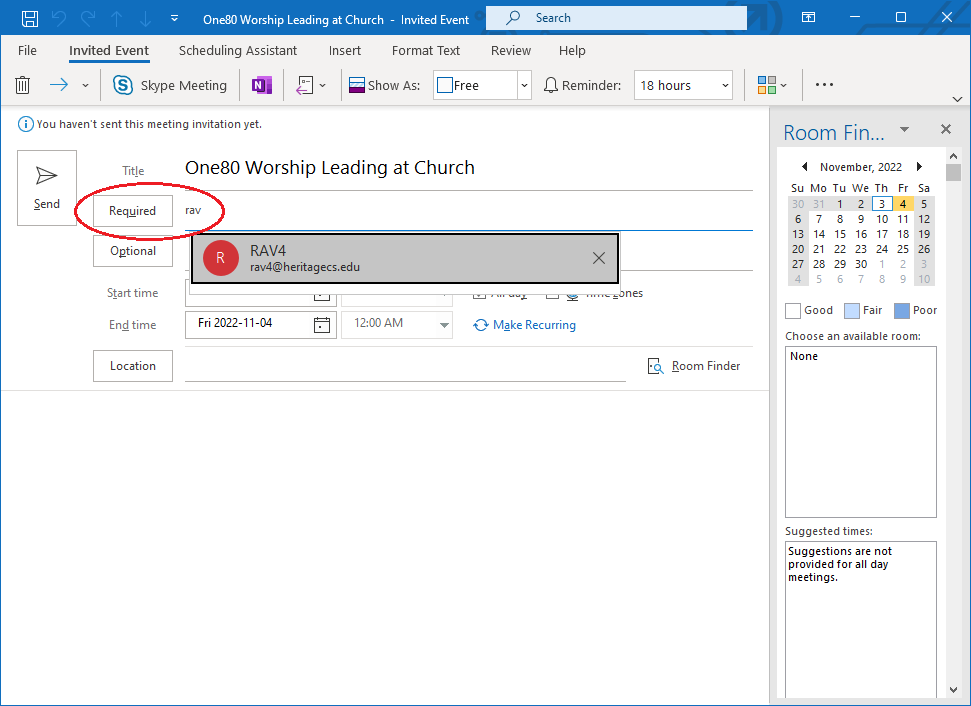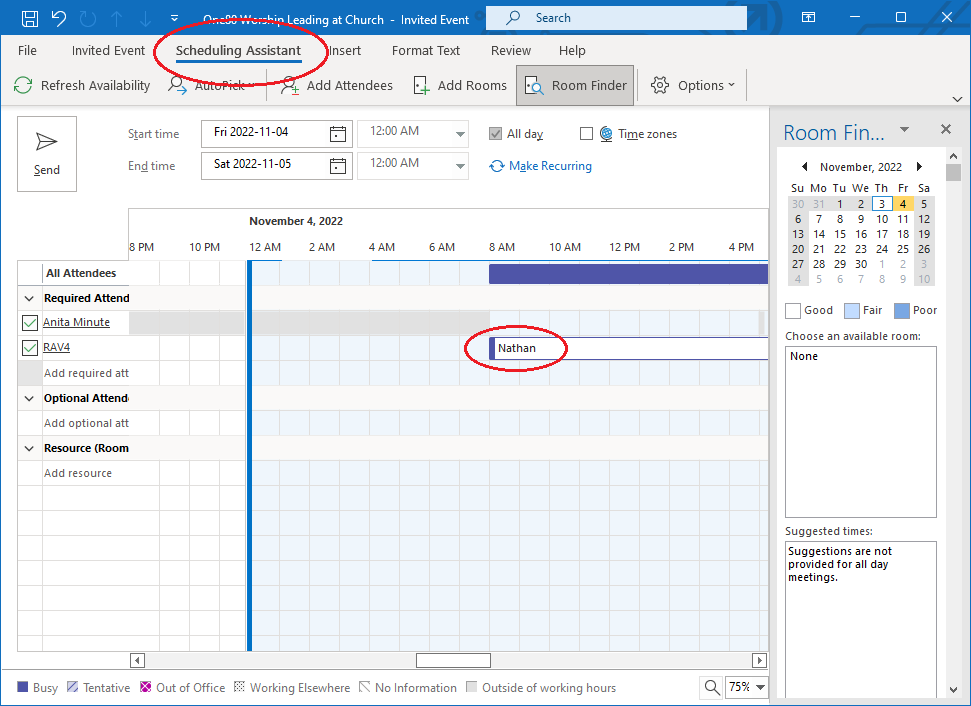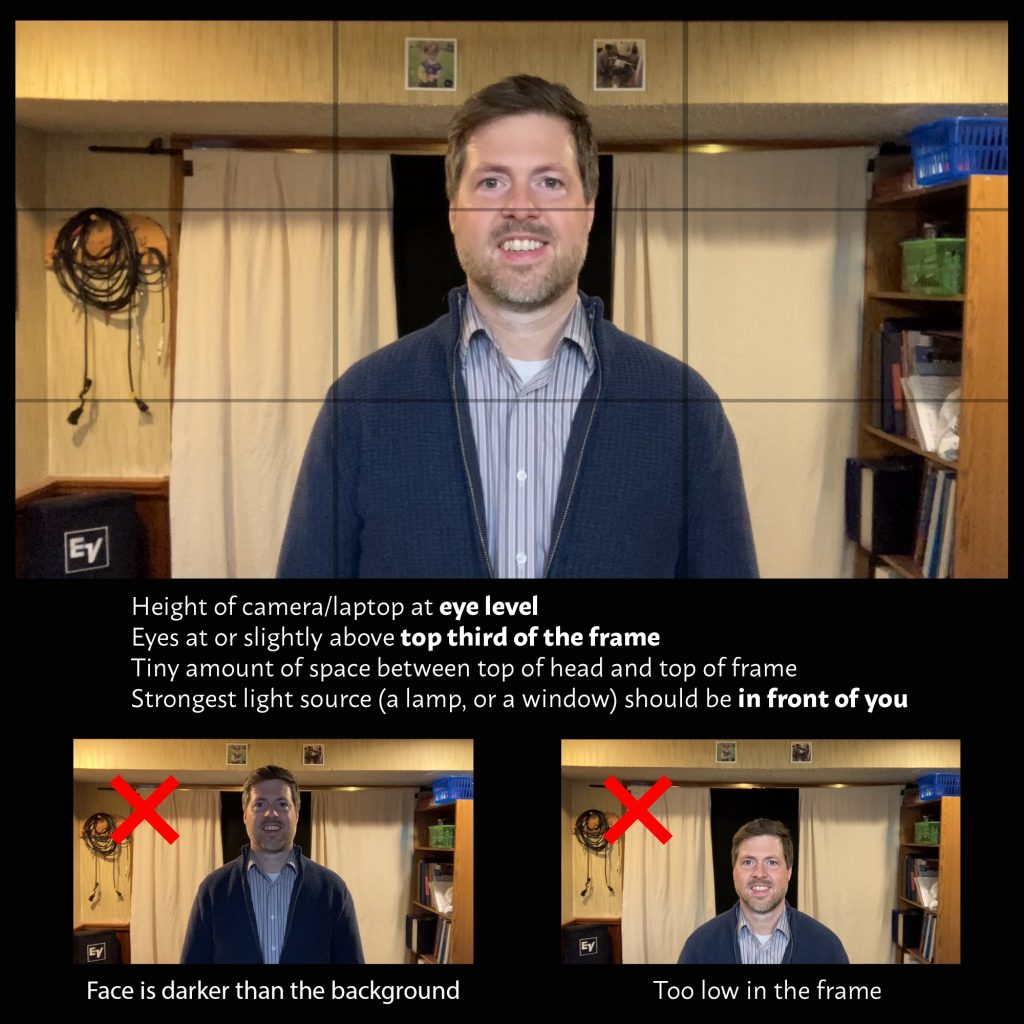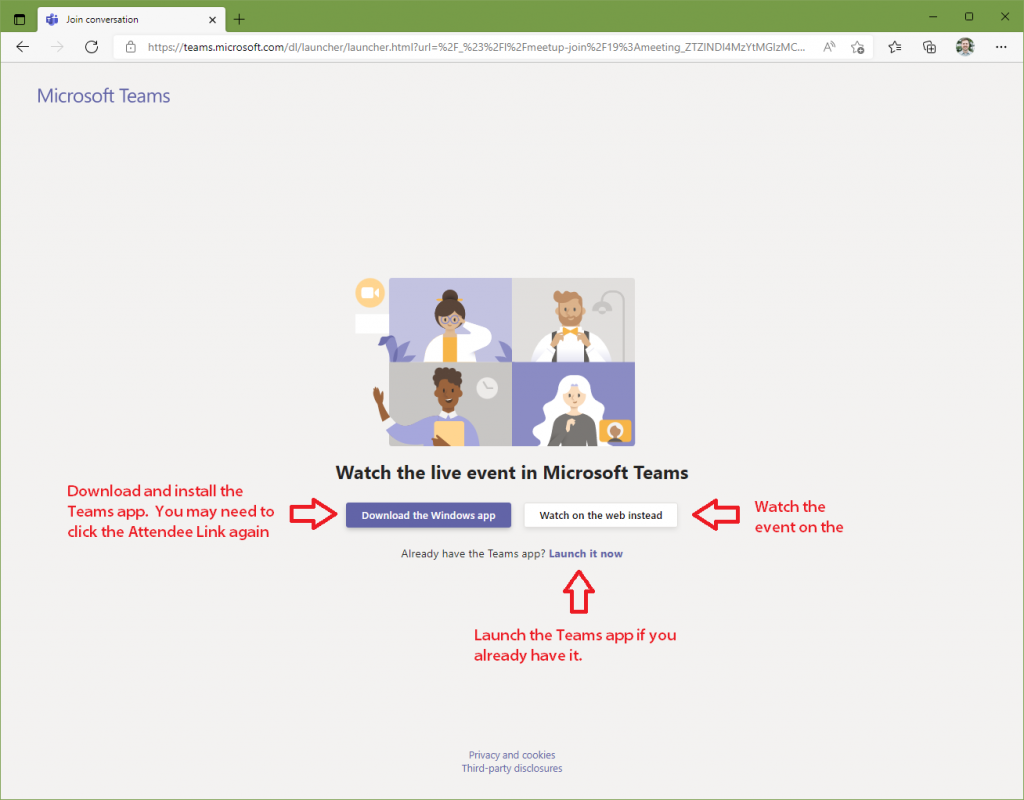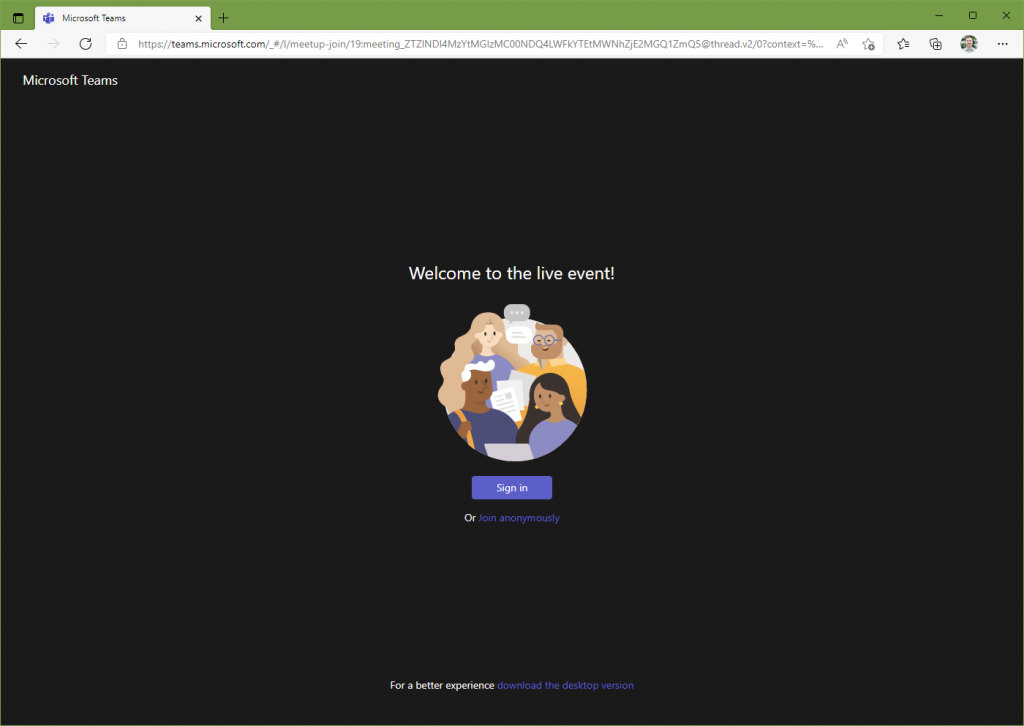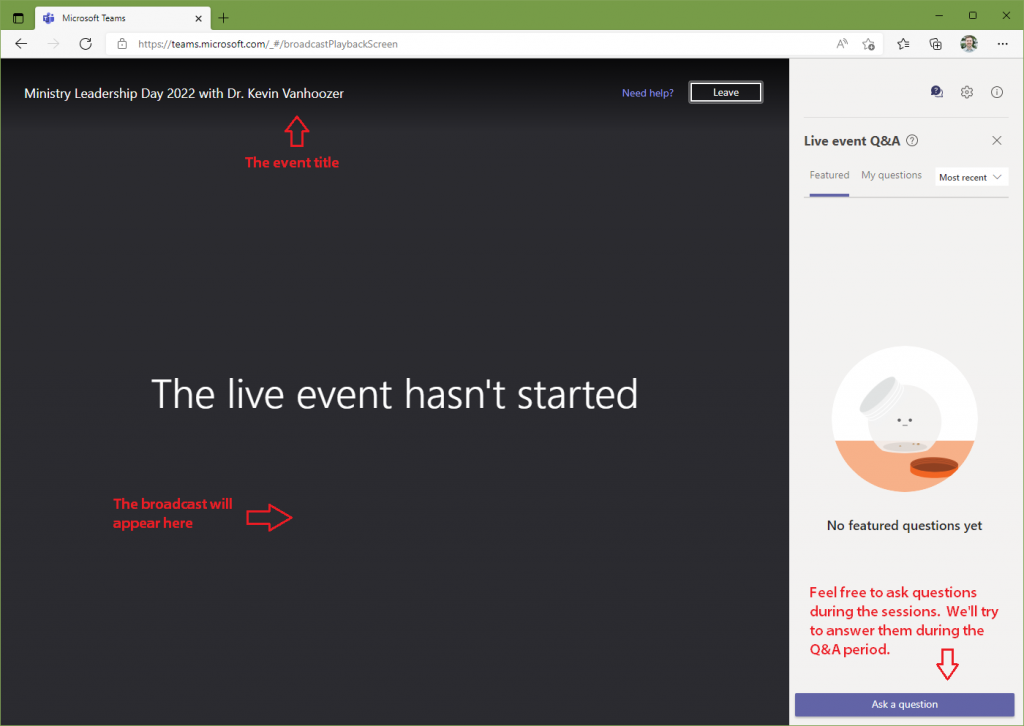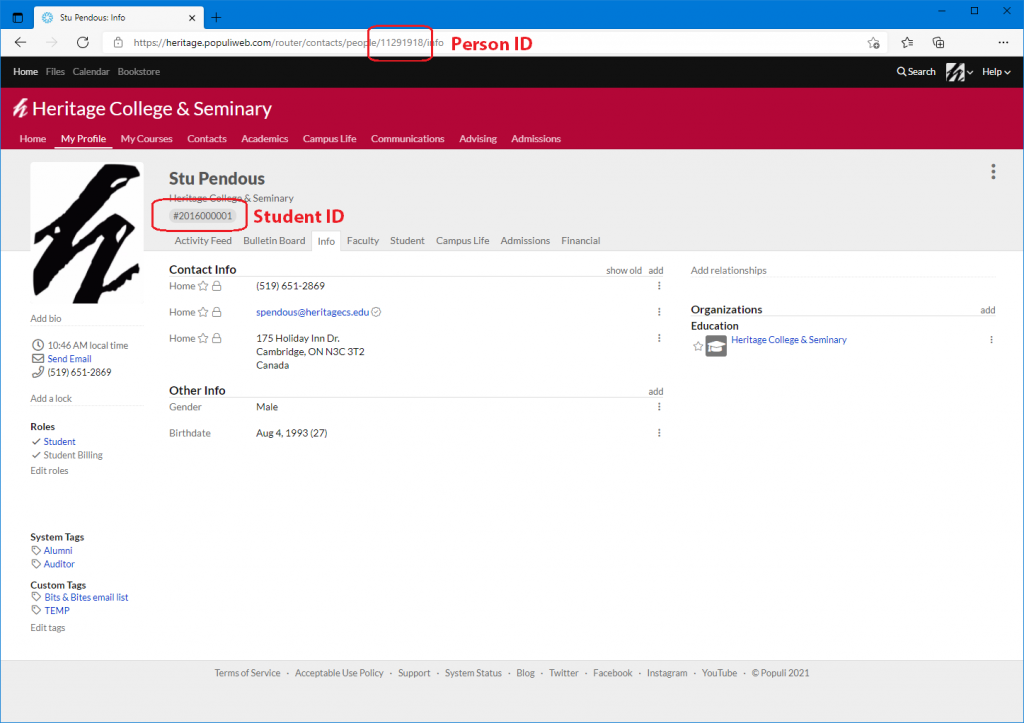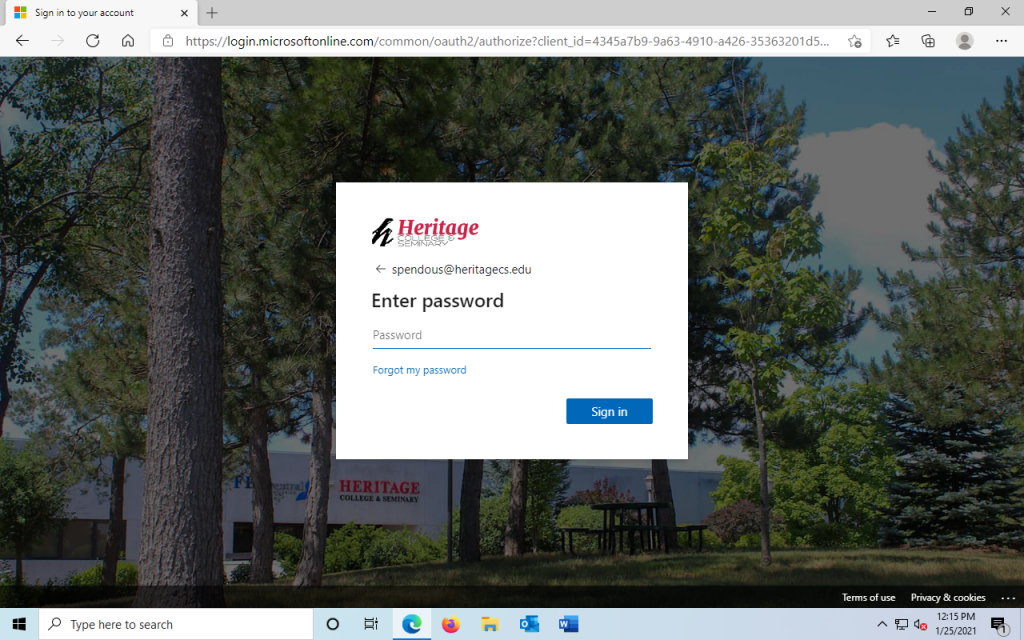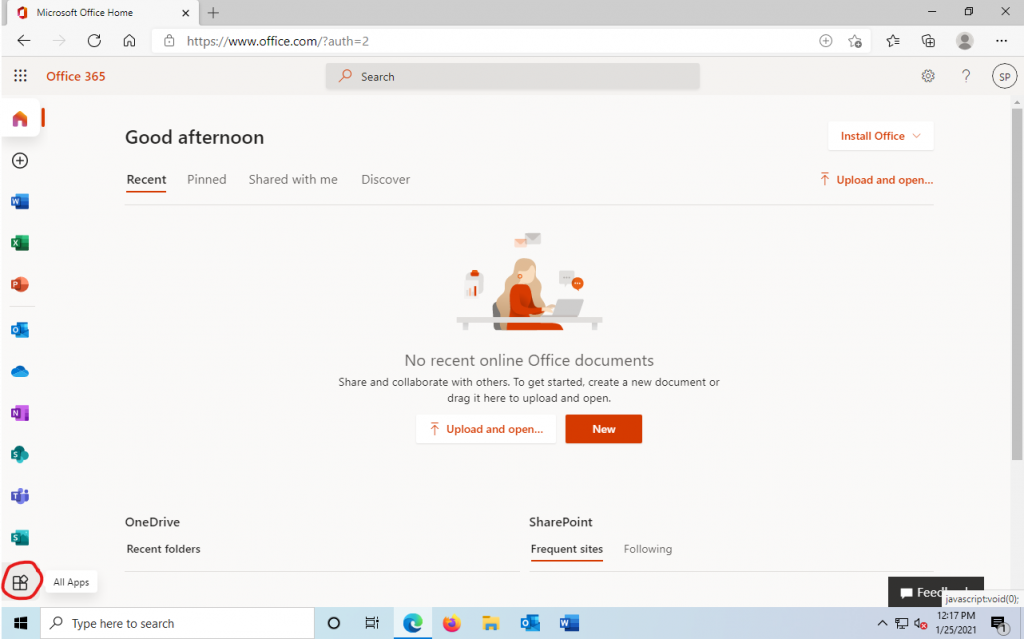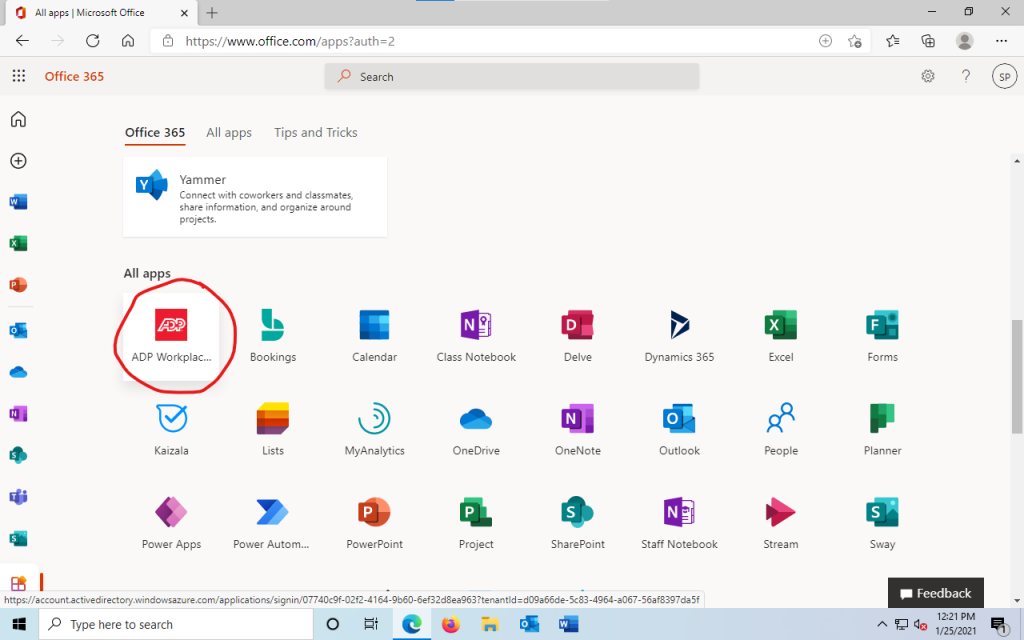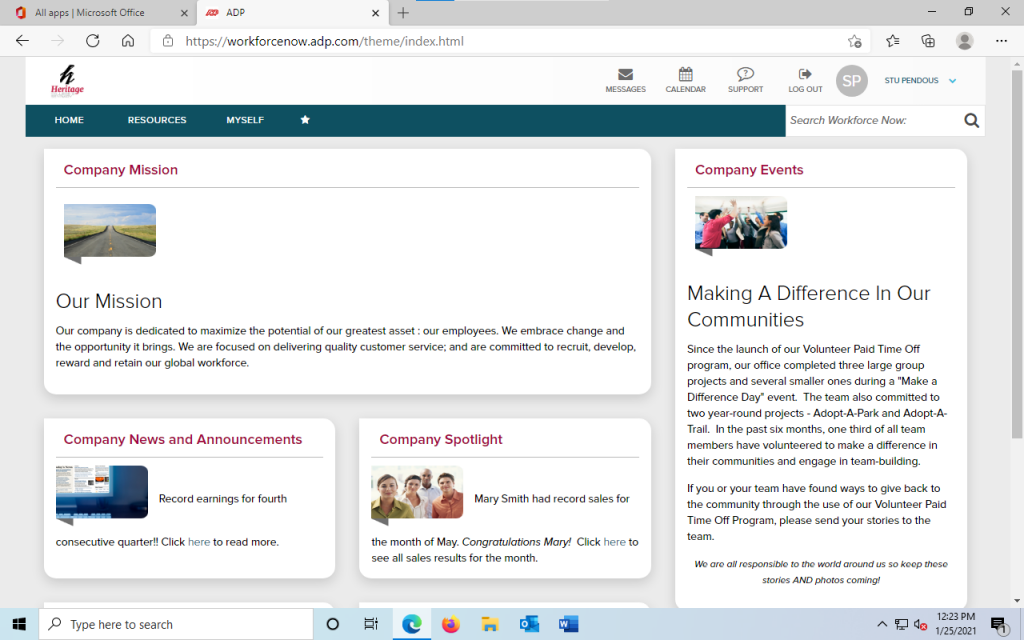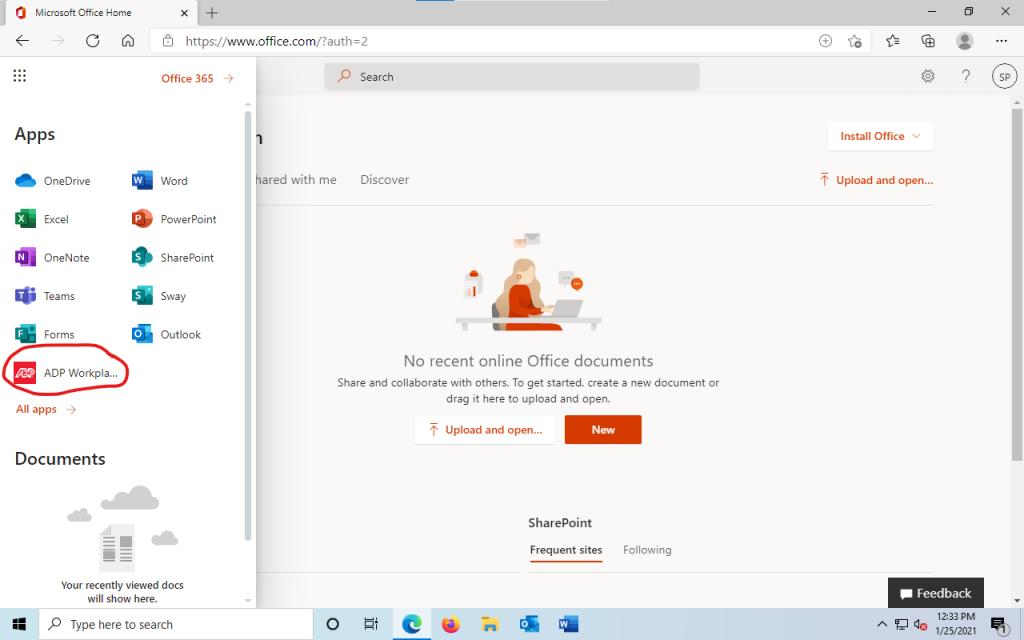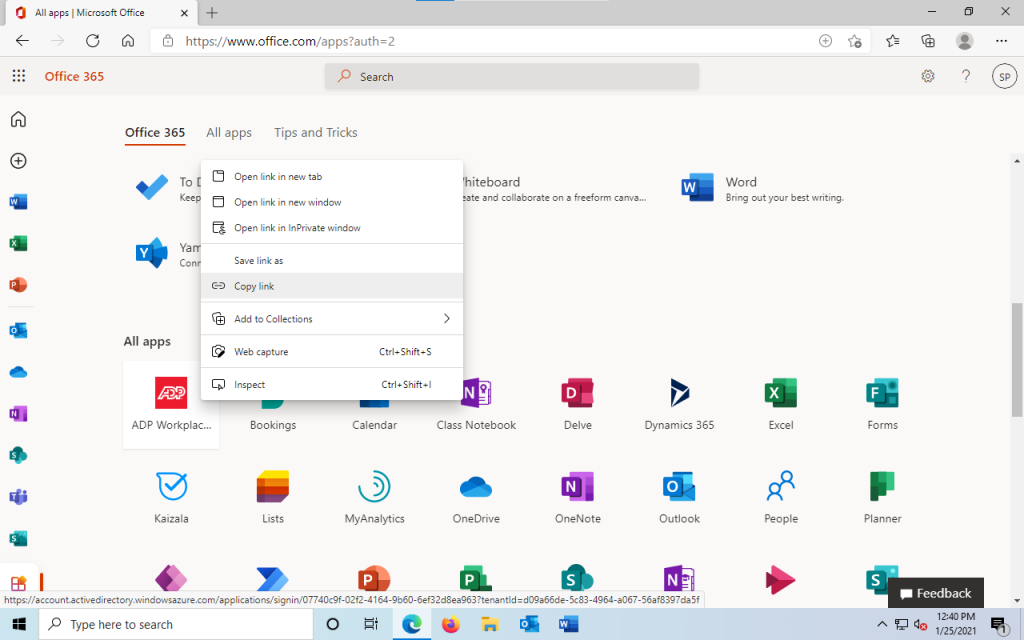AirServer allows us to connect our phones, tablets, and laptops and display content on the large room displays in the classrooms, meeting rooms, and auditoriums.
It replicates the functionality of Apple AirPlay, Miracast for Windows, and Google Chromecast.
How to Connect
Make sure to connect to the Heritage Staff wireless network. Email support@heritagecs.edu to request access to this network. The, to find a list of available rooms, follow the instructions for your devices or OS.
Windows 10
- Press Windows + K OR click Start -> Settings -> System -> Display. Click the link that says Connect to a Wireless Display. You can also get to Display settings by right-clicking an empty area of the desktop and choosing Display Properties.
- Select the room.
- Your device will appear in a window on the room computer.
Windows 11
- Press Windows + K OR you can also search for cast in the Windows Search bar, then select Connect to a Wireless display.
- Select the room.
- Your device will appear in a window on the room computer.
MacOS
- Click the Settings button in the menu bar.
- Click Screen Mirroring.
- Select the room.
- Your device will appear in a window on the room computer.
Apple Support Article: https://support.apple.com/en-ca/guide/mac-help/mchld7e543a0/mac
iOS
- Open the Control Center (swipe-in from top-right OR swipe up from the bottom).
- Touch the Screen Mirroring icon.
- Select the room.
- Your device will appear in a window on the room computer.
Some iOS apps allow you to mirror directly from the app.
Apple Support Article: https://support.apple.com/en-ca/102661
AirServer Availability
AirServer is available on the computers in the following rooms:
- Classroom 101
- Classroom 102
- Classroom 201
- Classroom 202
- Classroom 203
- Classroom 204
- Chapel
- Admin Meeting Room

